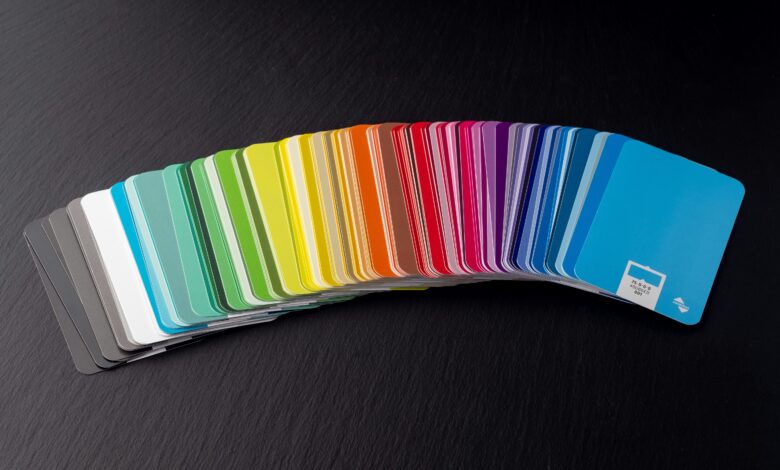
The world of fashion and personal styling has long used color theory to help individuals choose clothing and accessories that enhance their natural beauty. Among the most refined systems available today is the 16 Season Color Analysis, a method that goes beyond the traditional four-season approach. By considering undertones, contrasts, and the subtle variations in skin, hair, and eye color, this system helps people discover palettes that bring out their best features.
Evolution from the Four-Season System
The original four-season system categorized individuals as spring, summer, autumn, or winter. While helpful, it often felt too broad, leaving many people unable to see themselves in one of the four categories. Over time, stylists and image consultants expanded this idea into the 12-season method, and eventually, the 16 Season Color Analysis. This more detailed system offers greater accuracy and personalization, ensuring that subtle differences in tone and depth are recognized.
The Concept Behind 16 Seasons
The 16 Season Color Analysis divides the year into sixteen distinct palettes. Each one reflects a unique blend of undertone, saturation, and value that aligns with natural human coloring. Instead of forcing someone into a broad category, the system narrows down the best palette with much greater precision. This means individuals can dress in colors that harmonize with their complexion, making them look vibrant, balanced, and natural.
Undertones as the Foundation
Undertones are central to the 16 Season Color Analysis. Every person has either cool, warm, or neutral undertones that influence how colors appear against their skin. A shade that looks flattering on one person may look overwhelming on another because of undertone differences. By identifying whether someone leans warm, cool, or neutral, the system provides a foundation for narrowing down their season within the sixteen options.
The Role of Contrast and Depth
Beyond undertones, the system also looks at the contrast level between hair, eyes, and skin. Someone with deep hair color and light skin may need bolder shades, while someone with low contrast between features may look better in soft or muted tones. Depth of color in the natural features also matters, as it helps determine whether darker or lighter shades will harmonize best. These factors together guide consultants in placing individuals into their specific seasonal palette.
Examples of Seasonal Categories
Within the 16 Season Color Analysis, each of the four main categories—spring, summer, autumn, and winter—is further divided into four subcategories. For example, spring may be broken down into light spring, warm spring, bright spring, and clear spring. Each of these palettes includes subtle variations designed to complement people with slightly different features. This expanded range ensures that nearly everyone can find a precise palette that enhances their appearance.
Practical Benefits of Color Analysis
One of the strongest reasons the 16 Season Color Analysis has become popular is its practical application in everyday life. Choosing the right clothing colors makes shopping easier and more efficient. People no longer waste money on garments that ultimately remain unworn because they do not feel flattering. Instead, they invest in pieces that naturally highlight their beauty. This also extends to makeup, hair color, and accessories, ensuring a consistent and harmonious appearance.
Psychological Impact of Wearing the Right Colors
Clothing is not just about aesthetics—it affects confidence and self-perception. When individuals dress in shades that align with their natural palette, they often feel more comfortable and attractive. The 16 Season Color Analysis helps people project confidence in both personal and professional settings. Knowing which colors work best can reduce decision fatigue and bring a sense of certainty to style choices.
The Influence on Fashion and Styling
Stylists, image consultants, and even fashion designers make use of color analysis to better serve clients. By integrating the principles of the 16 Season Color Analysis, professionals can create wardrobes that suit unique individuals rather than applying a one-size-fits-all approach. This personalization has made the method a staple in personal styling consultations and has increased its popularity in the fashion world.
Steps to Discover Your Season
The process of identifying your category usually involves a trained consultant who compares how different shades interact with your features. Draping techniques with fabric swatches help reveal which colors brighten the face and which create dullness. With the advancement of digital tools, many people also experiment with online assessments, though in-person analysis often provides the most accurate results. Discovering your season can be a transformative experience that changes how you view clothing and personal presentation.
Long-Term Value of Knowing Your Palette
Once you discover your season, the benefits last for years. The 16 Season Color Analysis provides a framework that can guide shopping and styling decisions for a lifetime. Even as trends change, the core palette remains consistent because it is based on your natural coloring. This means less wasted spending, a more cohesive wardrobe, and greater confidence in your personal style.
Conclusion
The 16 Season Color Analysis is more than just a fashion tool it is a method for aligning outer appearance with inner confidence. By considering undertones, contrast, and depth, the system gives people a practical and effective way to discover colors that highlight their natural beauty. Whether applied to clothing, makeup, or accessories, this approach brings clarity to style choices and transforms the way people present themselves. Its detailed categories ensure that everyone can find a palette that feels personal, precise, and empowering.




